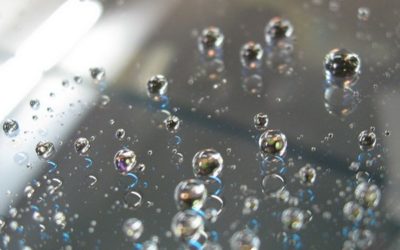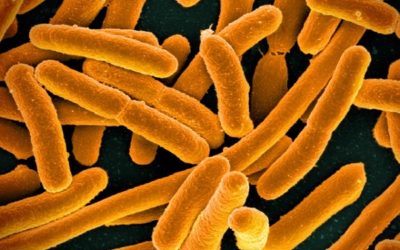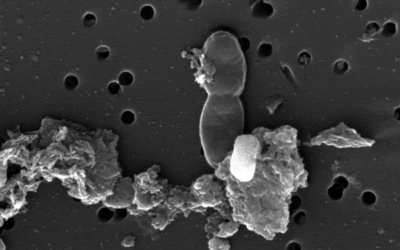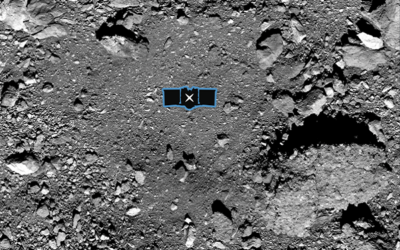In the fight against superbugs, scientists develop more and more novel solutions. The latest is a non-stick coating that can repel any molecule, including antibiotic-resistant bacteria and viruses. This Super Plastic wrap has a broad range of applications, from hospitals to our own kitchens.
Science Now
Here you can find the latest in science news, scientific discoveries. Written and explained with humorous twist, of course.
Pro-AG System Inactivates Genes that Make Bacteria Resist Antibiotics
A novel CRISPR-based technique – the Pro-AG system – shows great efficiency in editing the genes that make bacteria antibiotic resistant. The novel technique can improve the lives of patients suffering from chronic bacterial infections. It can also prove useful in a broad range of biotech and biomedical applications.
New Autism Guidelines Focus on Early and Family-Centered Interventions
After 12 years, the AAP issued new autism guidelines, emphasizing the role of early and intense diagnosis as a pre-requisite for treatment success. While the report makes important recommendations, one of its highlights is the focus on family and community-based interventions.
2-Billion Old Life Forms May Dwell In South-African Mine
Scientists found strange material inside perfectly preserved water pockets in a South African mine. The material may be an ancient life form that has been dwelling there for 2 billion of years. DNA sampling and research might reveal information that could change all we know about evolution and extraterrestrial life.
NASA’s MAVEN Gives New Clues on Martian Climate
The MAVEN spacecraft identified landforms on Mars (tall mountains and deep valleys) while studying the wind patterns on the planet from the edge of space. The new data could shine new light on the Red Planet’s past and evolution.
The Nightingale Is NASA’s Target for the OSIRIS-REx Mission
NASA announced it found the perfect spot to send the OSIRIS-REx mission on asteroid Bennu. The Nightingale is small but promising when it comes to fine-grained, dark, old, and pristine material. If all goes well, the spacecraft will return to Earth in 2023 with the asteroid samples.






